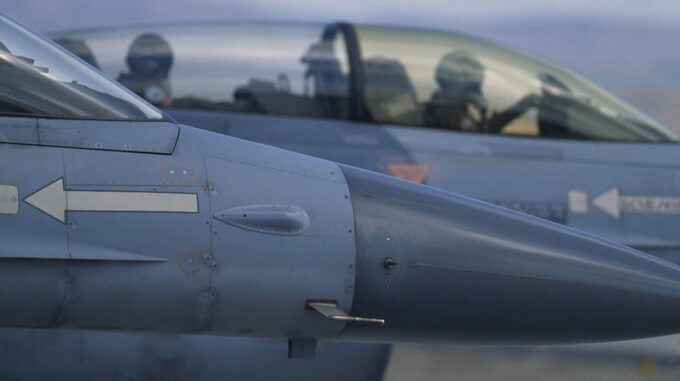The threefold activity of German and NATO aviation forces in the Baltic airspace over the past week has become a vivid indication of increasing tension in the region

According to the Lithuanian Ministry of Defense, only last week NATO air police fighters were scrambled three times to respond to violations by Russian military aircraft of established flight rules in international airspace. On June 3rd, Russian aircraft again demonstrated their activity in the region when NATO fighters took to the skies to identify two Russian Su-30SМ that were operating within international borders. On the same day, Russian military aircraft—namely a Su-33 fighter and an Su-24MR reconnaissance aircraft—were also identified in the sky, flying in areas designated as international zones and crossing from the Russian mainland. It is important to note that these planes operated without proper flight plans and did not establish radio contact with the regional flight control center, which further complicates the situation and raises the level of tension in the region. The following day, June 4th, the situation repeated itself—NATO fighters once again scrambled to identify two Russian Su-30SM aircraft passing over the Kaliningrad region before returning to their base. An unexpected detail is that all these aircraft flew without flight plans and without radio contact with the Ukrainian regional flight control center, causing concern among experts and military analysts. These events indicate ongoing Russian reconnaissance efforts in the border waters of the Baltic countries, as well as potential attempts at sabotage or diversion in the region. The situation in the Baltic Sea has remained tense for several months—Russian military aircraft attacks continue despite constant responses from NATO allies. In just one week of May, alliance fighters were scrambled four times to identify and escort Russian aircraft violating airspace without proper authorization. During this period, Polish fighters reportedly intercepted a Russian Su-24 bomber in the international waters of the Baltic Sea, further confirming the heightened level of tension and the increasing complexity for NATO forces responding to ongoing provocations and violations. Overall, this increased activity by Russian military aircraft ahead of time may indicate preparations for larger-scale operations or demonstrations of strength, which raises serious concerns among Baltic countries and their allies. Western nations continue to reinforce their military presence in the region to deter potential provocations and ensure the security of international waters and airspace. These actions demonstrate that the game of violation of flight rules and geopolitics-driven tension in the region is not diminishing; instead, it is escalating, demanding constant mobilization and rapid response from allied forces.

